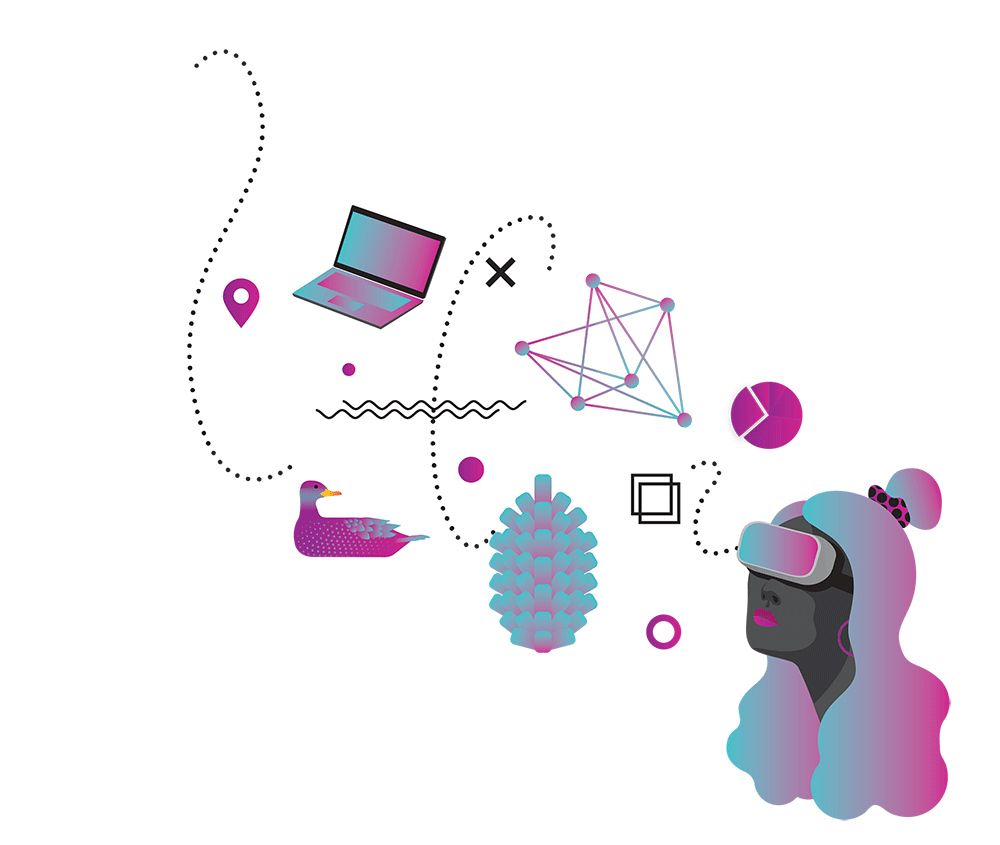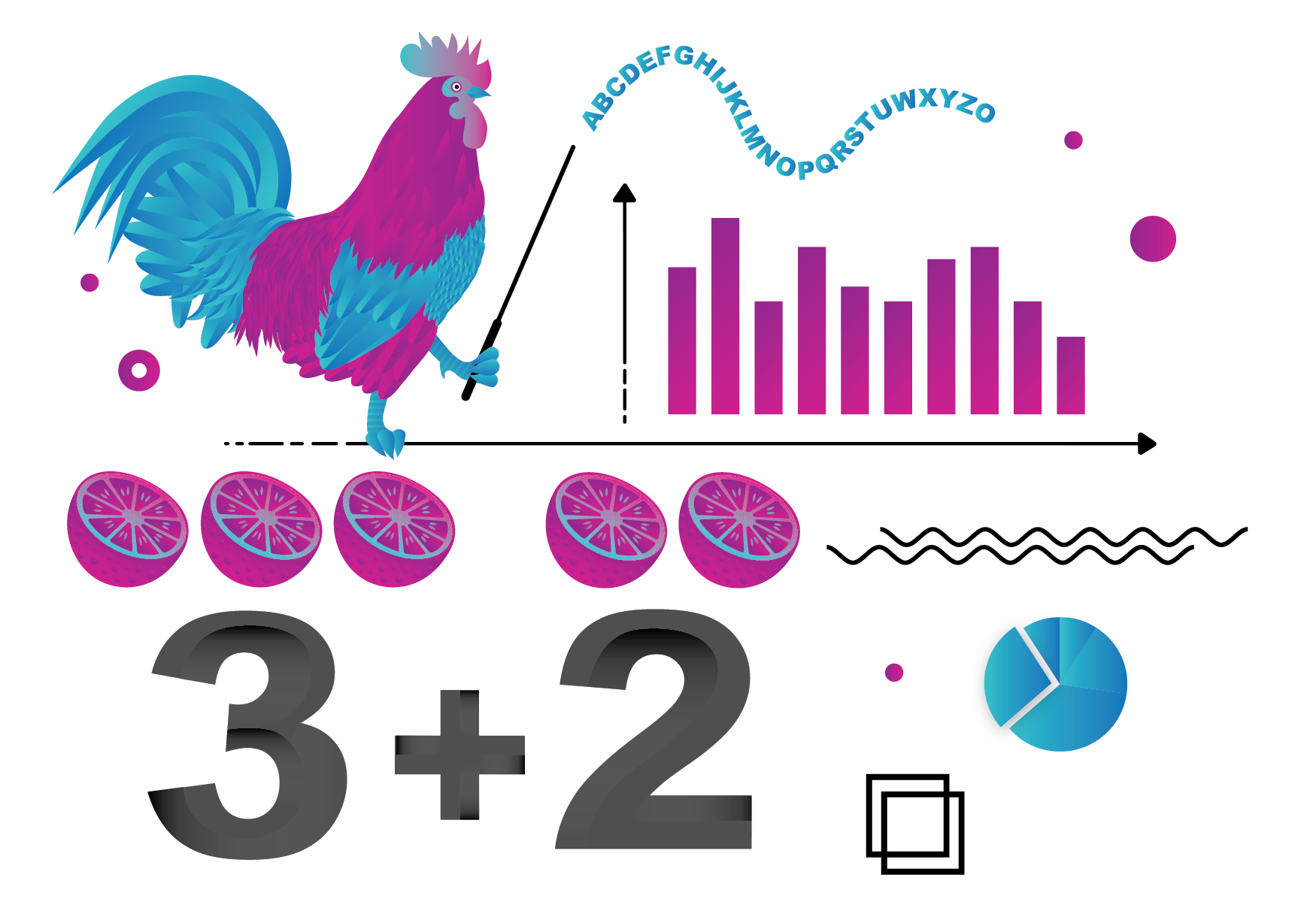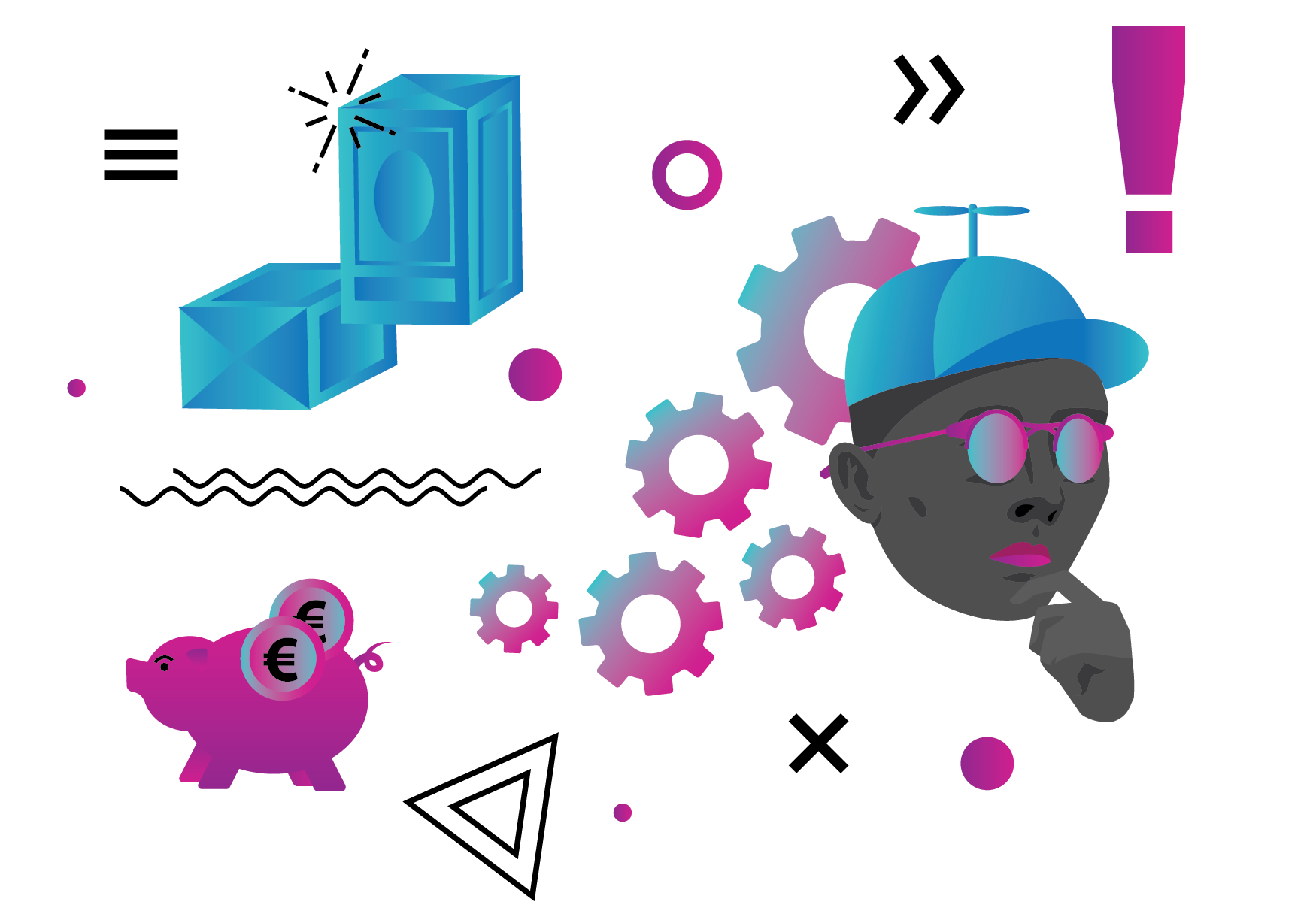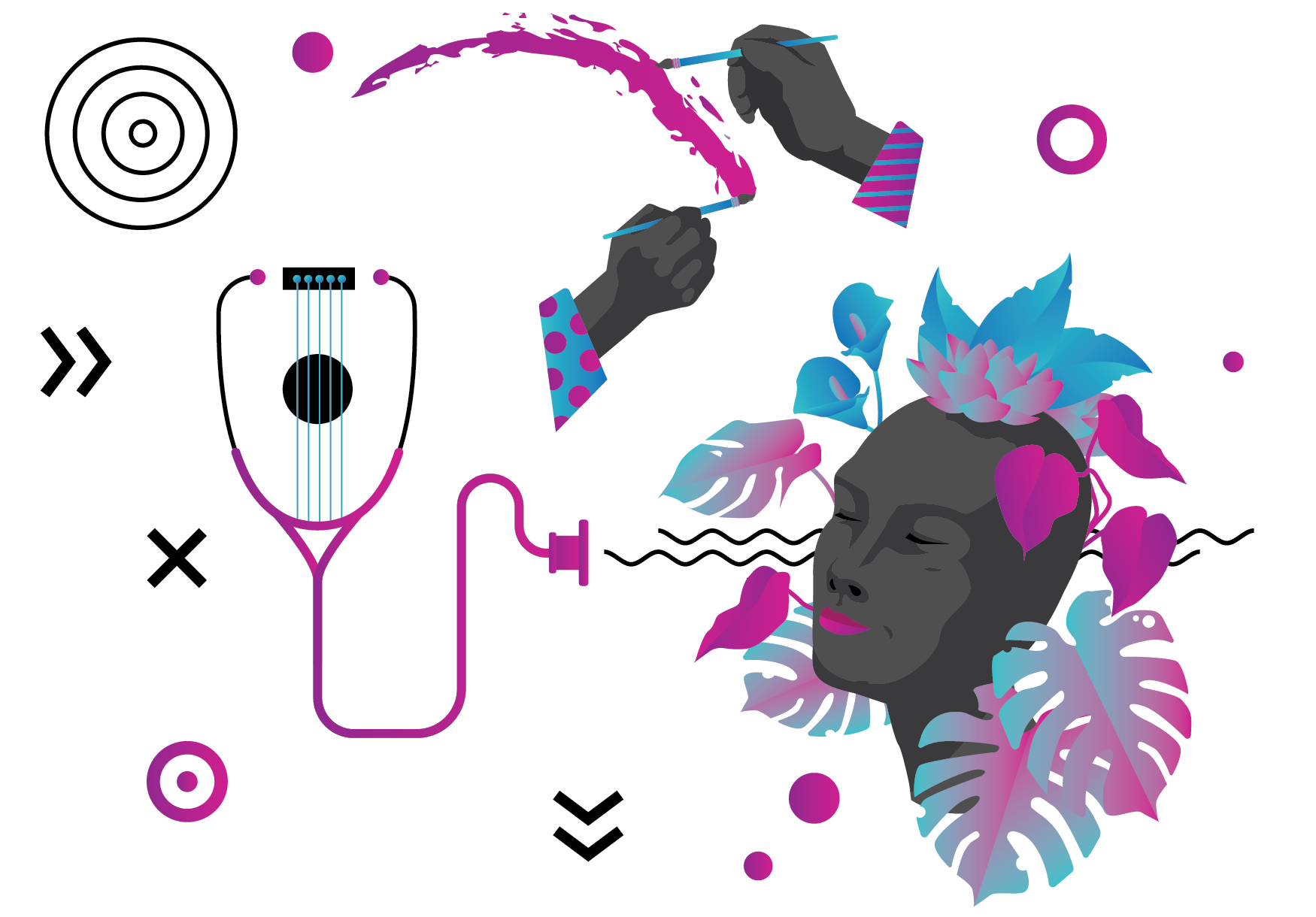Why to
create
creativity

Why to
create
creativity
Creativity shapes who we are as individuals and societies
Creativity makes us all more informed, and makes new information understandable
Creative fields are needed for finding solutions to individual and global challenges
Creativity is needed to create pioneering inventions and economical growth
Creativity reduces isolation and loneliness and makes life more meaningful

Creativity shapes who we are as individuals and societies
Creatives from different fields create the stories around us. The stories teach us about our history and ethics and give us experiences we wouldn’t encounter otherwise.
tv
cinema
stories
writers
illustrators
actors
media designers
videography
game design
directors
musicians
Remember all the characters you loved as a child - the moomins adored by all finns and numerous people around the world, Rölli the forest troll, Harry Potter, or the whole world of funky characters created by Mauri Kunnas? Or all the series, movies, books, songs and games that have shaped our world view as adults? Great example is the book and movie “Unknown Soldier”, which has been broadcasted every independence day reminding us of how the nation of Finland came to be connecting new generations to our history. Another amazing example from abroad is Star Wars, a story that expands over generations giving many parents and children a shared experience.
It’s undeniable that all these stories we have been exposed to are a huge part of who we are today and what we think of the societies we live in. Without all the amazing creatives behind these stories – the writers, illustrators, directors, actors, editors, composers and so on – we would be completely different people. The stories bring us together and keep us connected to our roots, they make us see the world through the eyes of others and teach us about ethics. They are the shared experiences that glue us together.
These stories also make our daily life more thrilling and give us a change to step into different realities. Through stories we can bend the laws of physics to create impossible scenarios, travel in time and experience things we could never face otherwise.
In an economically and politically divided world where people seal themselves in echo chambers of social media and news intake, we need to make sure that a variety of stories continues to exist. We need to make sure that all the different ways of seeing the world we live in are seen and the voices of everyone in the society are heard. And all the creatives who can make this happen need to have the resources and knowledge to continue the important work to make us hear each other.





